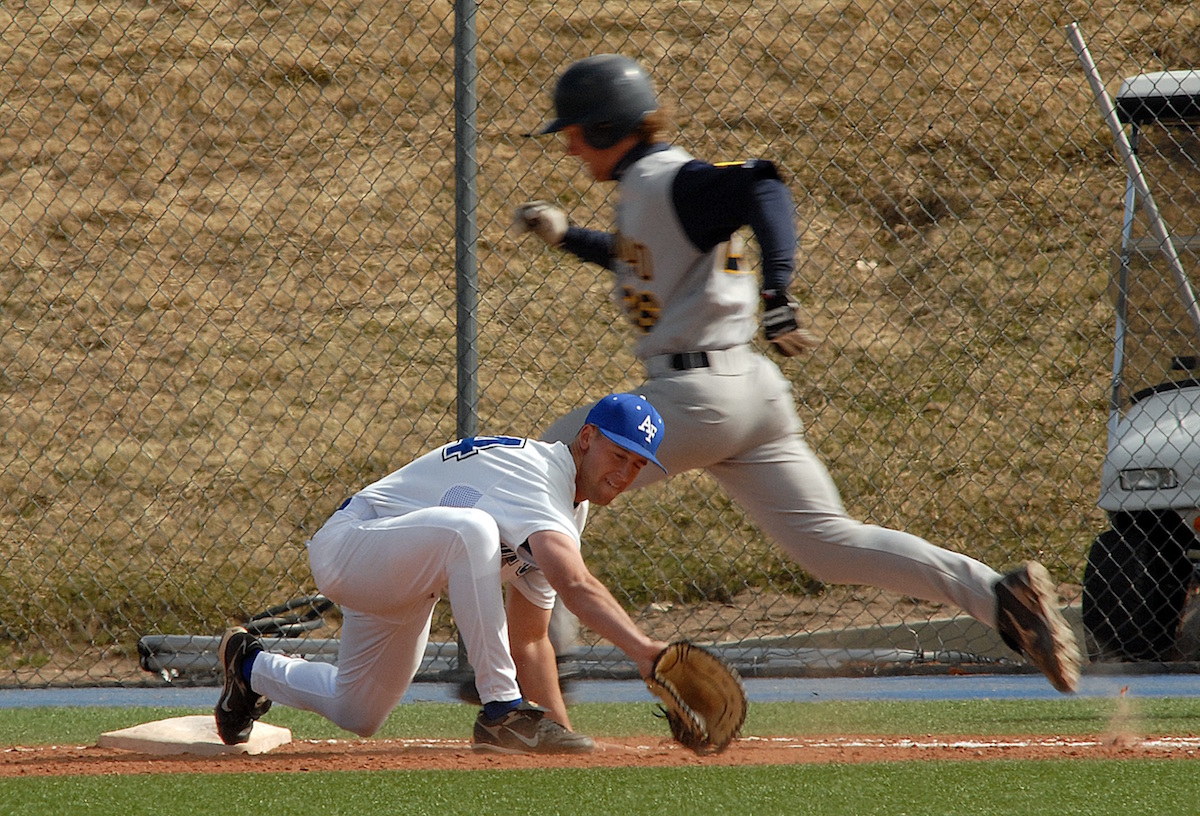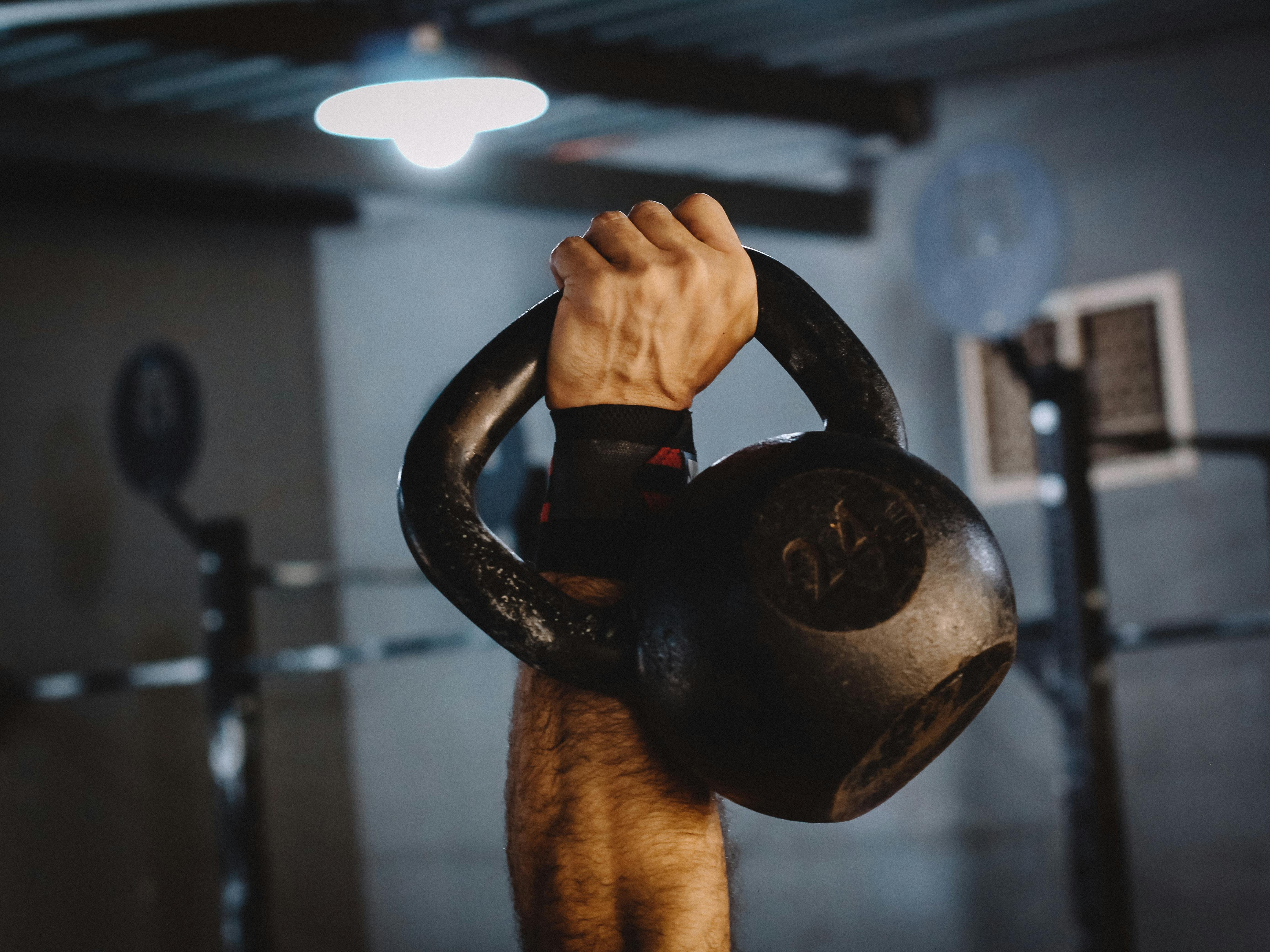I’m not going to lie, I’m going to annoy some people with this post. This is a “food for thought” post. That means that I’m going to point some things out, but I’m not going to solve them with this post.
If you’ve been in the strength and conditioning field for more than a few months, you’ve heard of the principle of specificity. This principle says that you adapt to training according to the way in which you train. While this makes sense, there is also another side to this principle. That is if you don’t train for certain things you won’t improve on them. For example, doing all the bench presses that I want to do is not going to improve my squat.
Sometimes we adopt training methods without fully thinking them through. Speed training is a great example of this. Put simply, a lot of the speed training exercises and progressions that we use are great for track and field athletes but I question their value for everyone else.
Now, full disclosure, I did all these things too. I took USA Track and Field’s Level I and Level II courses emphasizing the sprints. I did this because track and field understands how to train people to run fast, so it made sense to go and learn from them. Then I copied many of their exercises and drills, I also wrote about a lot of these.
Over the years since then (it’s been almost 20 now), I’ve had the time to rethink things and to change my approach.
In track and field, we want the athletes to accelerate in a straight line, reach as great a velocity as is practical, and slow down as little as possible once they reach that maximum velocity. There are some differences based on event; for example the 100 and 200 meter sprints are done out of starting blocks whereas the 400 and 800 meter races are not. Jumpers need a high running velocity, but it needs to be something they can translate into the jump so there are limits.
Track and field athletes don’t have unpredictable starting situations. They don’t have athletes trying to run into them, tackle them, take the ball from them, or get them out. This is not meant to take away from what track and field athletes do, it’s meant to point out that they don’t do the same things that football players, baseball players, and basketball players do.
So, if we believe in specificity then we need to think about this when it comes to speed training. With this blog, I’m going to take a few minutes to talk about how baseball is different than track and field.
In baseball, just the act of running to first base is pretty complicated. First, the athlete has to be able to hit the ball before they get to attempt to run to first base. I understand this is an obvious statement, but you have to consider the fact that the stance they hit the ball from is not geared towards being able to run quickly.
Consider the image below. The hitter is a left handed hitter. His right leg is pretty rigid, he will pivot on his left foot (i.e. turn his hips) while swinging at the ball. Once he makes contact the right foot will still be in place while the left foot is facing towards the pitcher. He will have to realize he’s hit the ball, drop the bat, and turn his body so that he is able to run towards first base.

In other words, he is not starting from starting blocks. He’s not starting from some ideal position where his explosive foot is two foot lengths behind him.
Okay, so maybe the starting position isn’t similar to track and field. But it’s 90 feet to first base in a straight line right? That’s 30 yards. That means training our athletes to accelerate and reach maximum velocity right?
Well, yes and no. There’s a possibility that our athlete can run to first base and keep going after that. Sometimes we have no idea of that when the ball is hit. Maybe the defense made a mistake, maybe a lot of mistakes were made. This might mean that instead of running to first base and stopping, we might have to round the corner of first base and keep going. We also might make it to first base, stop, and then have the defense overthrow the ball so that we can begin running again and go to second base. Sometimes we might head towards second base and then have everything go south so that we have to stop on a dime and run back to first base. The point is that it isn’t as simple as running in a straight line for 90 feet.

This doesn’t even begin to get into how to run from one base to another, how to run and react to pop flies, how to steal bases, or how to run while playing defense.
So, running mechanics are dependent on the situation. What part of the baseball game are we training to make the athlete faster at? The starting position for someone hitting the ball and running to first base is going to be a lot different than a shortstop that has to chase down a slow rolling ground ball.
I’ve started talking about this with basketball in other posts. Like that sport, we’ll continue to pursue this with baseball in future posts!


